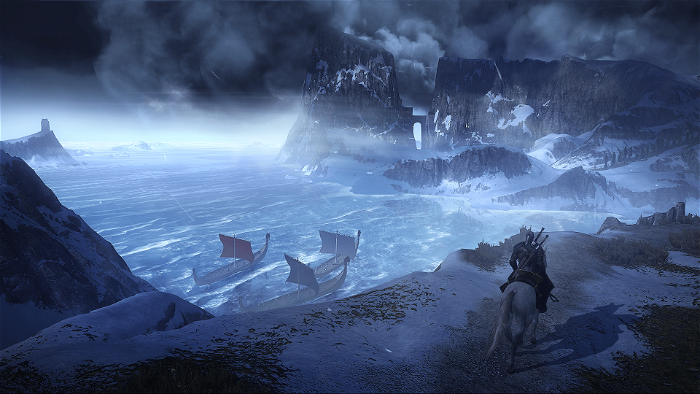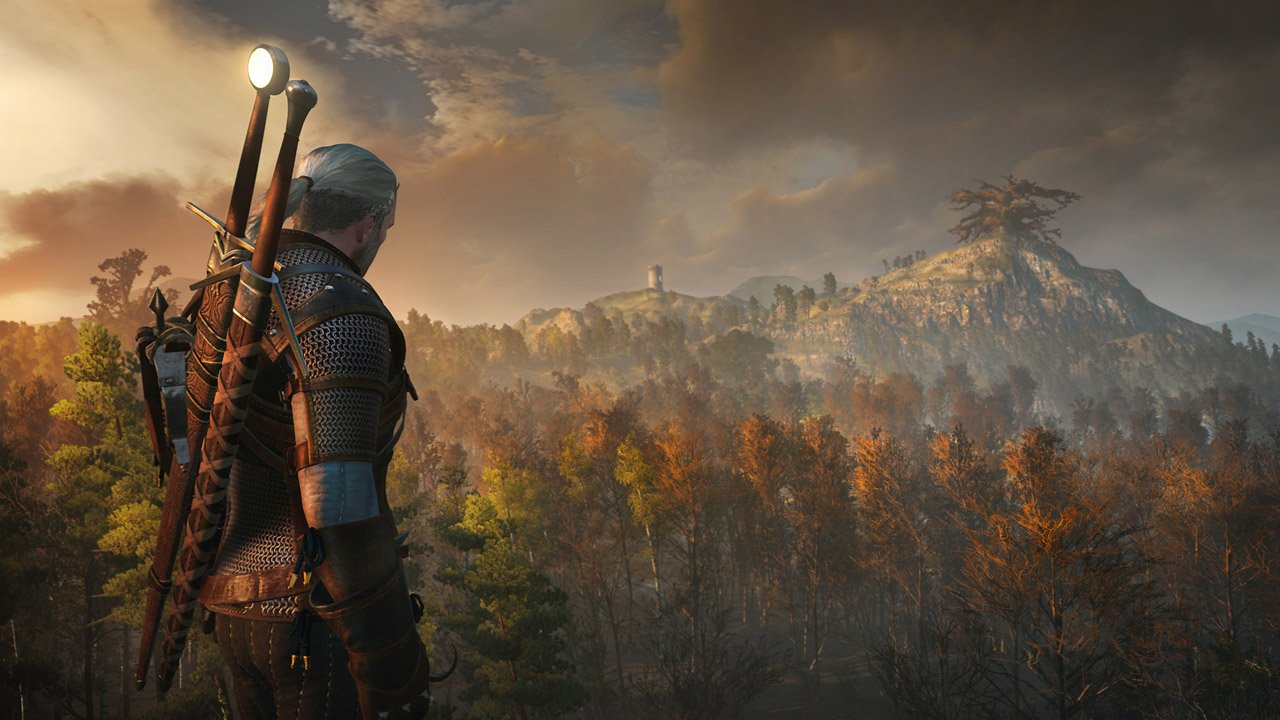The weather is a dull conversation topic. It’s dull because it’s such a regular part of everyday life that discussing its minor variances—“I heard it’s going to rain this weekend,” “Had enough of the snow yet?”—is like commenting on the time the sun rises in the morning. It’s mundane. It’s what we talk about when we have nothing more interesting to talk about.

All the same, weather can have a fantastic dramatic effect in art and entertainment precisely because it’s such an ingrained part of everyday life. As we go about our days, we’re tuned in to changes in temperature, the strength of the sun, or increases in wind. When a storm develops, our mood may change a bit, the falling rain, gloomy light, and air pressure making us feel a sense of foreboding. Smart art direction and impressive technology can capture these feelings and use them to enhance the atmosphere in videogames.
The implementation of weather in games hasn’t always been very noticeable. A few outliers—the opening of Metal Gear Solid 2, in which Snake infiltrates a tanker during a pounding nighttime rainstorm; the sun-soaked streets of Grand Theft Auto V’s Los Santos; the arid deserts of Red Dead Redemption—are incredibly memorable, but, in too many cases, the weather takes a backseat to more immediately noticeable audiovisual effects. This makes sense: developers place priority on solid level design set in interesting structures, stirring soundtracks, and impactful sound effects. But emphasizing the weather shouldn’t be ignored. In games largely set outdoors, the influence it can have on creating atmosphere can be enormous.
CD Projekt RED’s The Witcher series has always done a good job of using the weather to accent the feel of its world. The day/night cycle that sees protagonist Geralt awaiting the timing of different events makes it necessary to see the environment—heavily wooded forests and twisting mountain paths—in various ways. The most recent entry, The Witcher 3: Wild Hunt, places an even greater emphasis on weather, the increased audio-visual fidelity of the game allowing for dramatic effects.
This becomes obvious as soon as the player gets an opportunity to begin exploring the countryside at their own pace. At dusk, Geralt having wandered far into unknown territory, whipping winds begin to shake tree branches. As the sky becomes overcast and thunder rumbles in the distance, the approach of a rainstorm furthers a sense of isolation—of being truly alone and vulnerable in a vast, living world. There’s an almost palpable difference in tone between moments like these and ones where, having spent a long night trekking across swamps and fields, sunlight slowly filters into the world and the population of remote villages emerge to greet the early morning haze.

Wild Hunt is an impressive game for a number of reasons, but it’s the obvious effort that must have gone into modelling its weather systems that most directly draws the player into its world. Exploring an environment that felt more static—one where the difference between day and night, clear and rainy weather, is emphasized far less—would take a lot away from the appeal of the game. It seems like a small part of a videogame to praise, but the effect of Wild Hunt’s detailed climate on its sense of atmosphere can’t be overstated.
This extends beyond the free-form, open world exploration that makes up so much of the game, too. Wild Hunt’s narrative, which focuses so much on Geralt’s role as a hunter of monsters and demons, often benefits just as much. The rainstorms and eerie nights lend a feel of menace to missions that require tampering with dark, dangerous forces. They go a long way toward making it feel possible that the ghosts and strange creatures lurking in the wilderness really could haunt these locations. The breeze that blows characters’ hair around as they talk in a far-flung outpost reinforce the plot’s detailing of a lawless land, only barely populated by forces of order. All of it works to provide a real sense of place that firmly grounds the game’s fantastic fiction in reality.
This is the sort of thing that helps create memorable experiences and enhances the draw of exploring an open world. Filmmakers and novelists have always known the power of weather as a device for creating mood—think of the “it was a dark and stormy night” cliché. Titles like Wild Hunt go a long way toward demonstrating that the same effort can pay off for videogames, too.




